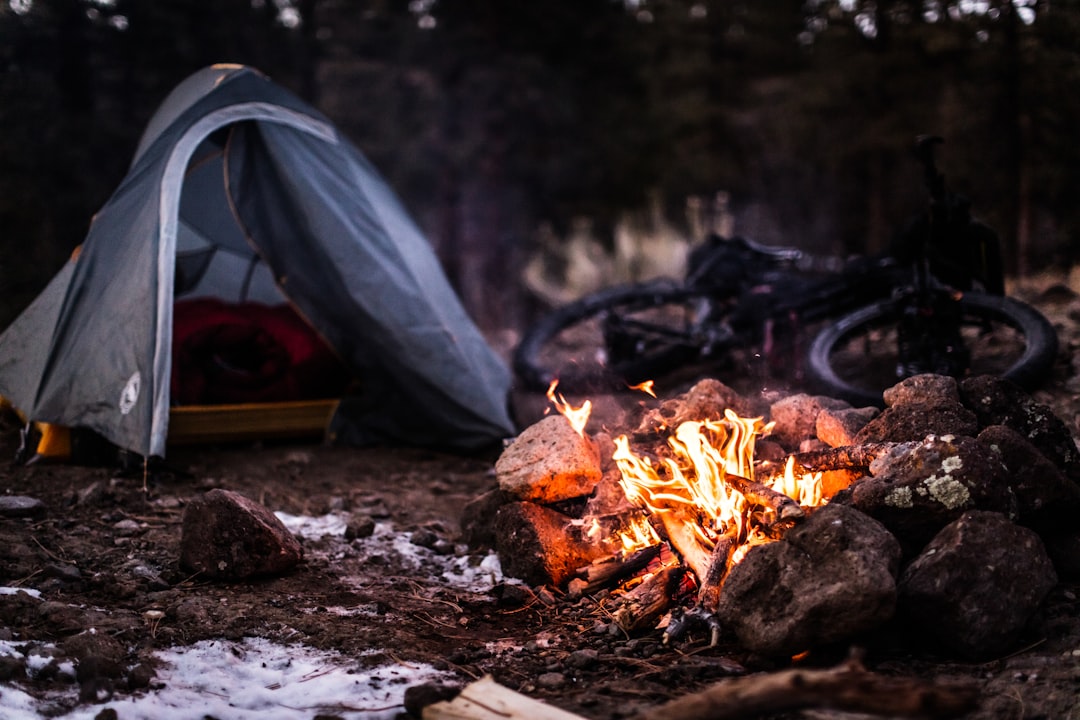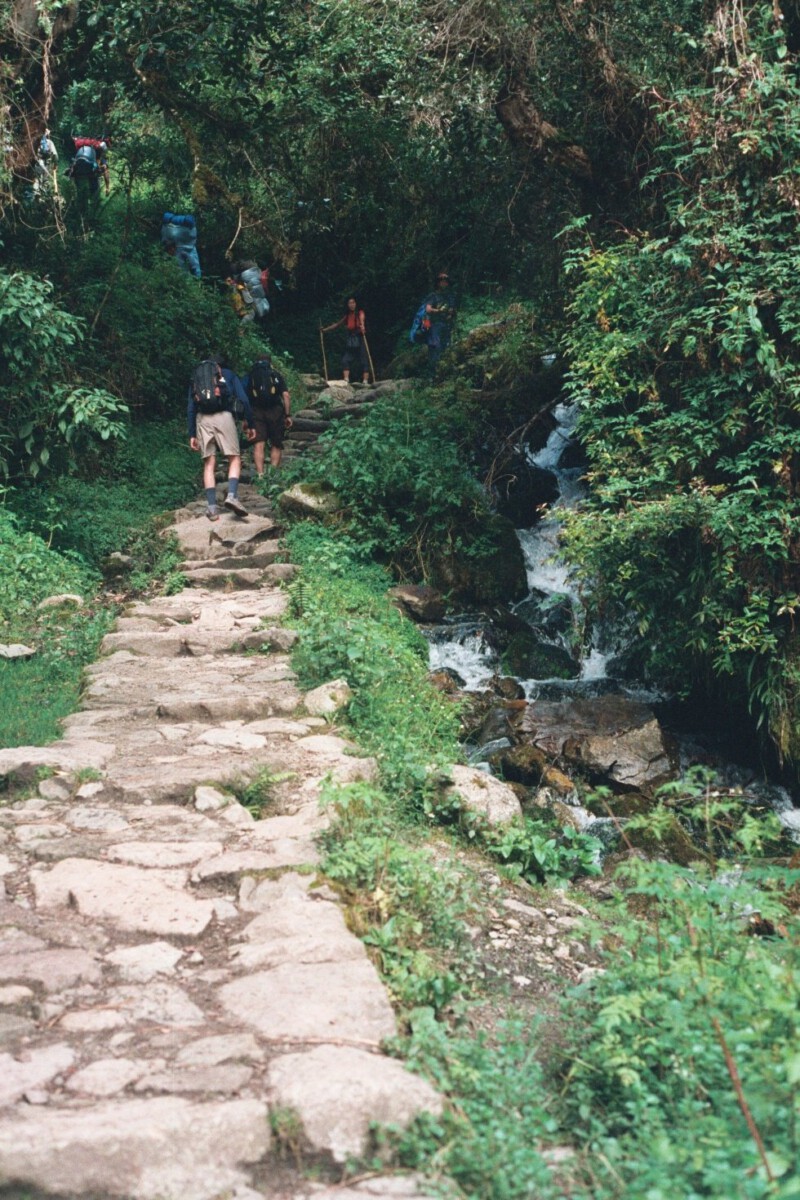The Alarming Rise in Fire Incidents (Image Credits: Unsplash)
Malibu – with its stunning coastal views and dry brush waiting for a spark, the city grapples with a growing worry that turns paradise into peril.
The Alarming Rise in Fire Incidents
Imagine waking up to smoke curling from the hills you call home. That’s the reality Malibu residents face more often these days. Officials point to over 30 fires since 2021, many linked to homeless encampments where open flames become deadly hazards.
This isn’t just talk. The city’s fire-prone terrain, combined with Santa Ana winds, amplifies every small flame into a potential catastrophe. Local leaders see these camps as ticking time bombs, especially as climate patterns make wildfires fiercer.
One recent case involved a man using a propane torch for cooking right by the courthouse. Such scenes highlight why urgency is building fast.
Emergency Declaration: A Game-Changer for Enforcement
Last month, Malibu took a decisive step by declaring a state of emergency. This move empowers the sheriff’s department to clear out illegal camps in high-risk zones without the usual red tape.
Under the new rules, anyone refusing to leave could face arrest. The goal? Prevent another blaze from ravaging neighborhoods, much like past fires that scorched thousands of acres nearby.
Council members argue this protects everyone, from beachgoers to billionaires lining the Pacific Coast Highway. Yet, implementation hinges on cooperation from county authorities.
Sheriff’s Dilemma: Duty Versus Policy
The Los Angeles County Sheriff’s Department now holds the key, but they’re caught in a bind. A recent statement to the city council revealed limits on their actions, thanks to the county’s stance against criminalizing homelessness.
Officers can offer outreach and relocation help through teams like the Homeless Outreach Services Team. Still, arrests remain a last resort, raising questions about how far they’ll go.
This tension mirrors wider debates in California, where safety clashes with humanitarian efforts. Will the sheriff step up, or will legal hurdles stall the plan?
The Real Risks Behind the Camps
Why the panic over camping? In Malibu’s very high fire hazard severity zones, even a simple campfire can ignite dry grass in seconds. Homeless individuals often rely on flames for warmth or meals, unaware of the broader danger.
Experts note that unsecured propane tanks and scattered debris add fuel to the fire, literally. Past incidents, including arrests for arson in canyons, show how quickly things escalate.
- Unattended cooking fires spreading to nearby vegetation.
- Discarded cigarettes or embers in windy conditions.
- Poorly stored fuels like gasoline near tents.
- Accumulation of trash that turns into kindling.
- Lack of fire-safe practices in remote spots.
Voices from the Community: Compassion Meets Caution
Residents feel torn. On one hand, empathy runs deep for those without homes in a region where rents soar sky-high. Many support shelters and services over sweeps.
On the other, memories of devastating fires linger. Homeowners in multimillion-dollar properties worry about losing everything to a preventable spark.
Advocates push for more housing solutions, arguing arrests alone won’t solve root causes like addiction or mental health struggles.
Potential Paths Forward
Moving ahead, Malibu eyes partnerships with nonprofits for temporary housing. The emergency could fund better outreach, turning removals into relocations.
State laws evolving around homelessness might influence outcomes too. For now, the city balances enforcement with aid, hoping to douse tensions before they flare up.
Success depends on dialogue. Bridging the gap between safety needs and human rights could set a model for other coastal spots.
Key Takeaways
- Malibu’s emergency targets illegal camping to slash fire risks from open flames.
- Over 30 suspected homeless-linked fires since 2021 underscore the urgency.
- Arrests are possible but face county resistance against punishing poverty.
In the end, Malibu’s approach reminds us that protecting a vulnerable community means safeguarding everyone from flames that don’t discriminate. How should cities handle this delicate balance? Share your thoughts in the comments.




